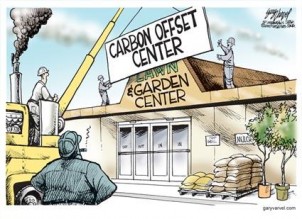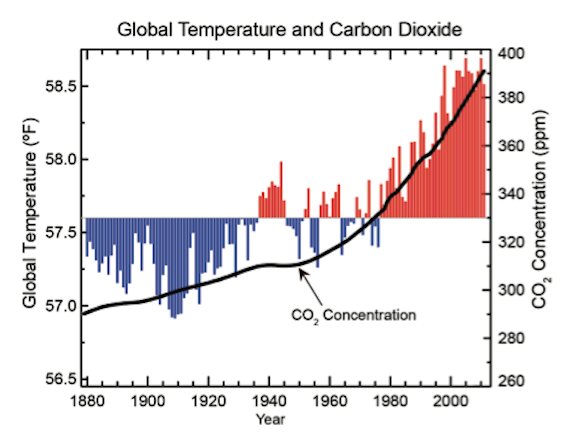
By Nick Meynen.
Carbon markets do not reduce greenhouse gas emissions, have worked as a subsidy system for polluters, increase social and environmental conflicts, are a playground for fraudulent networks and a big waste of public money. We have illustrated most of this in our 120p report ‘The CDM in Africa’ – while further elaboration with all references and examples will soon follow, as part of a European wide campaign to end the European Union Emission Trading System (EU-ETS).
Just in the last two weeks, a few random events serve to illustrate that we’re actually looking at yet another bubble boosted by financial gurus that will burst sooner (we hope) or later (when its even bigger):
1) Apparently, someone calculated that a camel emits 15 ton of carbon dioxide in its lifetime. Australia has almost a million wild camels and the numbers keep growing. So instead of looking for emission cuts in the huge coal industry that Australia has, businesses have tried to make a profit from killing camels. On January 16, however, a plan to give carbon credits for killing camels was rejected by an Australian government committee. Not that Northwest Carbon, the company pursuing the carbon credits, is giving up its hopes: “We expect to submit a new, revised methodology in the second quarter of this year”. So in the green economy it’s all about finding the right words and calculations in order to shoot down camels so big polluters can keep polluting. Instead of killing camels, Australians participating in their yearly walk against warming have asked to focus not on the camels but on the elephant in the room: the really big polluters.
2) Even pro-market experts have always claimed that a carbon price of 40 euro a ton would be best, with 20 being the minimum to work as an incentive for investment in renewable energies. But on January 17th 2012, an auction of EU carbon credits had to be cancelled after bidding failed to reach the reserve level. This caused a further 10 percent crash of the ridiculously low price of a ton of carbon to a record low of 5 euro. Analysts see no hope for structural improvements before 2020 unless the EC withdraws enormous amounts of permits or allowances already issued. In 2012 alone, the price crashed 36% and the trend is downward. Economic stagnation or slight degrowth means that the emissions permits foreseen are now unnecessary. But this is depriving the carbon market from its function of setting a high price on emissions and therefore giving an incentive for wind or solar energy.
3) You can twist figures to fool buyers, but you can’t twist physics to fool the climate. Despite all the so-called emission reductions the world has made since it came up with the Kyoto agreement: try to spot even a hint of change in the measured levels of C02 in the atmosphere globally – as illustrated in the right-hand scale in this graph from a study by the US government that was released on January 11 (2011 data included):
4) There is now a discussion inside the IPCC on how to treat in the next report geoengineering projects (such as ocean fertilisation or increasing aerosol sulphates in the atmosphere). Shall we witness a new supply of bogus (and possibly dangerous and even counterproductive) geoengineering experiments that will claim carbon credits? Will they join the ever growing list, next to ‘clean coal’ and ‘a bit less deforestation’?
This very expensive market bubble is distracting us from the real work that is needed to actually bend that most crucial line of ppm of CO2 in the atmoshpere downwards. The only thing in the 20th century that halted its growth are the 1940s. However, better ways to stop the advance of this curve than a World War or a Depression exist. They require a pro-active and courageous government implementing caps and carbon taxes. It’s about time we force our politicians to face up to the reality of climate change and the bogus solution that carbon markets clearly are. Decommission them and get real.


The project ENVJUSTICE has received funding from the European Research Council (ERC) under the European Union’s Horizon 2020 research and innovation programme (grant agreement No. 695446)